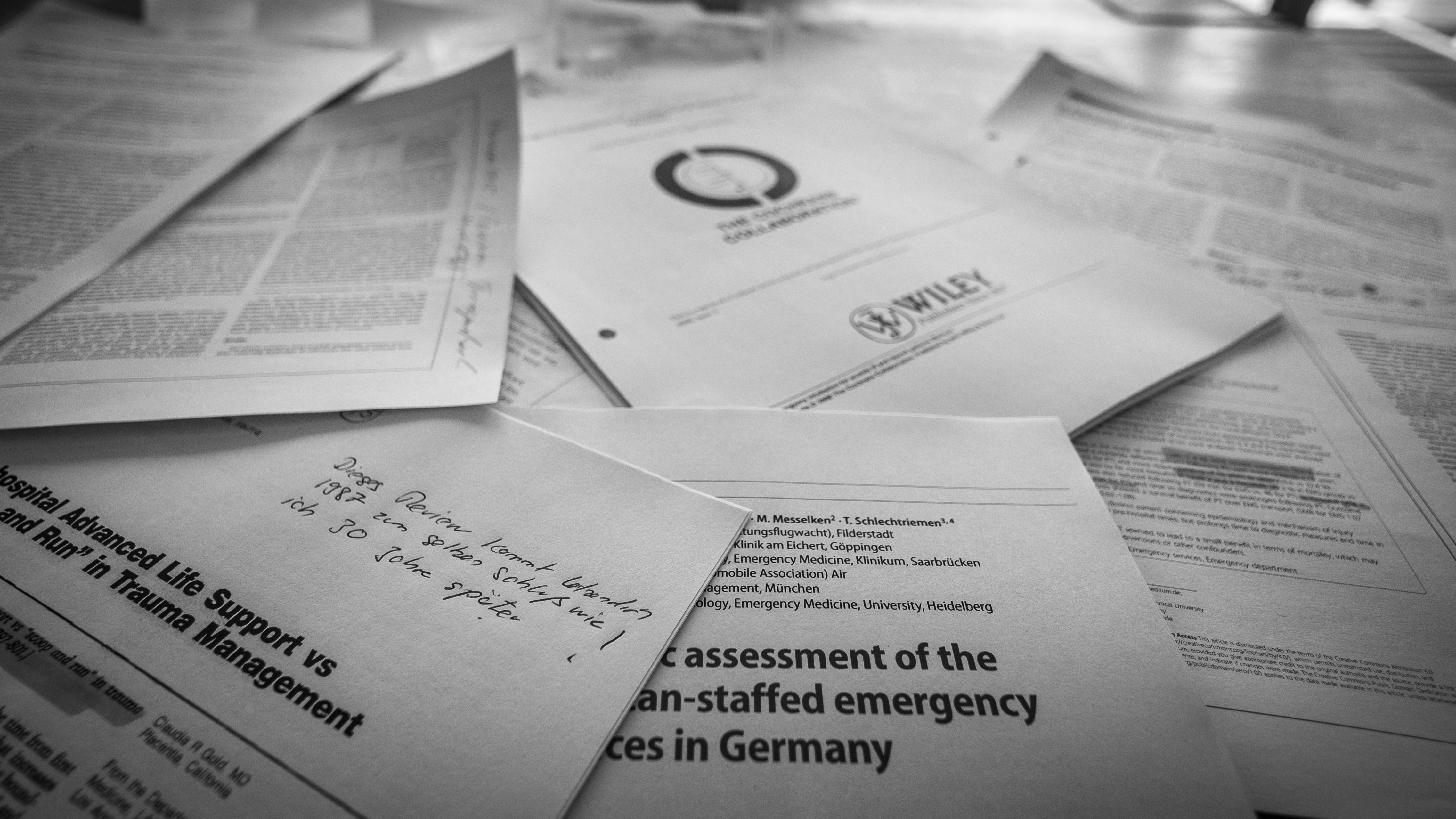ABSTRACT
Background: The Syria crisis has forced more than 4 million people to leave their homeland. As a result, in 2016, an overwhelming number of refugees reached Germany. In response to this, it was of utmost importance to set up refugee camps and to provide humanitarian aid, but a health surveillance system was also implemented in order to obtain rapid information about emerging diseases.
Objective: The present study describes the effects of using digital paper and pen (DPP) technology on the speed, sequence, and behavior of epidemiological documentation in a refugee camp.
Methods: DPP technology was used to examine documentation speed, sequence, and behavior. The data log of the digital pens used to fill in the documentation was analyzed, and each pen stroke in a field was recorded using a timestamp. Documentation time was the difference between first and last stroke on the paper, which includes clinical examination and translation.
Results: For three months, 495 data sets were recorded. After corrections had been made, 421 data sets were considered valid and subjected to further analysis. The median documentation time was 41:41 min (interquartile range 29:54 min; mean 45:02 min; SD 22:28 min). The documentation of vital signs ended up having the strongest effect on the overall time of documentation. Furthermore, filling in the free-text field clinical findings or therapy or measures required the most time (mean 16:49 min; SD 20:32 min). Analysis of the documentation sequence revealed that the final step of coding the diagnosis was a time-consuming step that took place once the form had been completed.
Conclusions: We concluded that medical documentation using DPP technology leads to both an increase in documentation speed and data quality through the compliance of the data recorders who regard the tool to be convenient in everyday routine. Further analysis of more data sets will allow optimization of the documentation form used. Thus, DPP technology is an effective tool for the medical documentation process in refugee camps.
weiterführende Links
- https://kulla.de/wp-content/uploads/2019/08/kehe2019-Digital-Pen-Visit.pdf
- Kehe K, Girgensohn R, Swoboda W, Bieler D, Franke A, Helm M, Kulla M, Schatz K, Morwinsky T, Blatzinger M, Rossmann K: Analysis of Digital Documentation Speed and Sequence Using Digital Paper and Pen (DPP) Technology during the Refugee Crisis in Europe. JMIR mHealth and uHealth 7: e13516 doi:13510.12196/13516 (2019) (IF2018 = 4,301)
- https://doi.org/10.1186/s12913-019-4400-y




